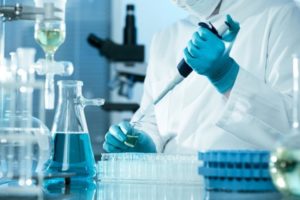Researchers have created the world’s first “synthetic embryos” in a groundbreaking feat that bypassed the need for sperm, eggs, and fertilization.
Scientists at the Weizmann Institute in Israel found that stem cells from mice could be made to self-assemble into early embryo-like structures with an intestinal tract, the beginnings of a brain, and a beating heart.

Known as synthetic embryos because they are created without fertilized eggs, the living structures are expected, in the near term, to drive a deeper understanding of how organs and tissues form during the development of natural embryos.
But researchers believe the work could also reduce animal experimentation and ultimately pave the way for new sources of cells and tissues for human transplantation. For example, skin cells from a leukaemia patient could potentially be transformed into bone marrow stem cells to treat their condition.
Some of the cells were pre-treated with chemicals, which switched on genetic programs to develop into the placenta or yolk sac, while others developed without intervention into organs and other tissues.
While most of the stem cells failed to form embryo-like structures, about 0.5% combined into little balls that grew distinct tissues and organs. When compared with natural mouse embryos, the synthetic embryos were 95% the same in terms of their internal structure and the genetic profiles of the cells. As far as the scientists could tell, the organs that formed were functional.
The creation of “synthetic” human embryos is outside of the legal framework of the UK’s Human Fertilisation and Embryology Act, but it would be unlawful to use them to establish a pregnancy in a woman because they are not classed as “permitted embryos”.
According to theguardian















